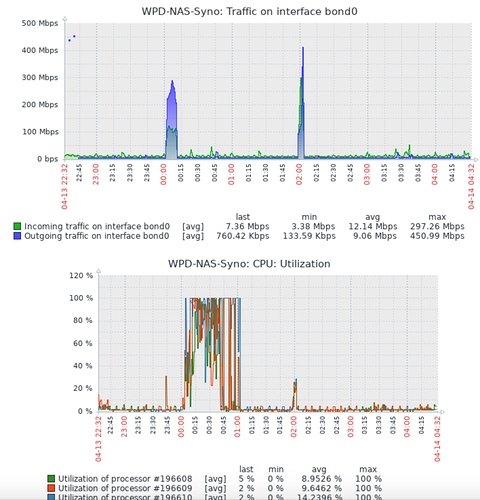I’m not familiar with HP-ILO and WOL activ. So I’ll have to do some research to get a understanding on what you are talking about. But I gather that HP ILO is similar to IPMI. Wol activ not sure. The NAS I want to build will not use ECC RAM or any IPMI unfortunately since I already have the hardware. But I will backup it appropriately with external docking stations. For the Proxmox box with Nethserver now, I’m thinking I will have to invest in a server motherboard with IPMI… I could always support WAKE ON LAN for the other machines from that main machine maybe?..
I’m located in Canada, near our capital, Ottawa.
Yes I want to get Home Assistant on Raspberry as well! That is an amazing software and works off Raspberry that is amazing.
I may consider RAID10. It is faster however, it does reduce the available space over RAID6. Hmm, I’ll have to see. I was thinking of populating the tower with eight 6T drives so with RAID10 it would give me approx. 24 TB left?
ZFS, probably one day since it does require the appropriate hardware, ECC RAM. Keep in mind all this will run off consumer grade hardware except for the Proxmox box eventually to get a mobo with IPMI.
And yes, CLEAROS cost more for something Nethserver does already. And you cannot underestimate community support which has been very very good so far, and that is way more valuable.


